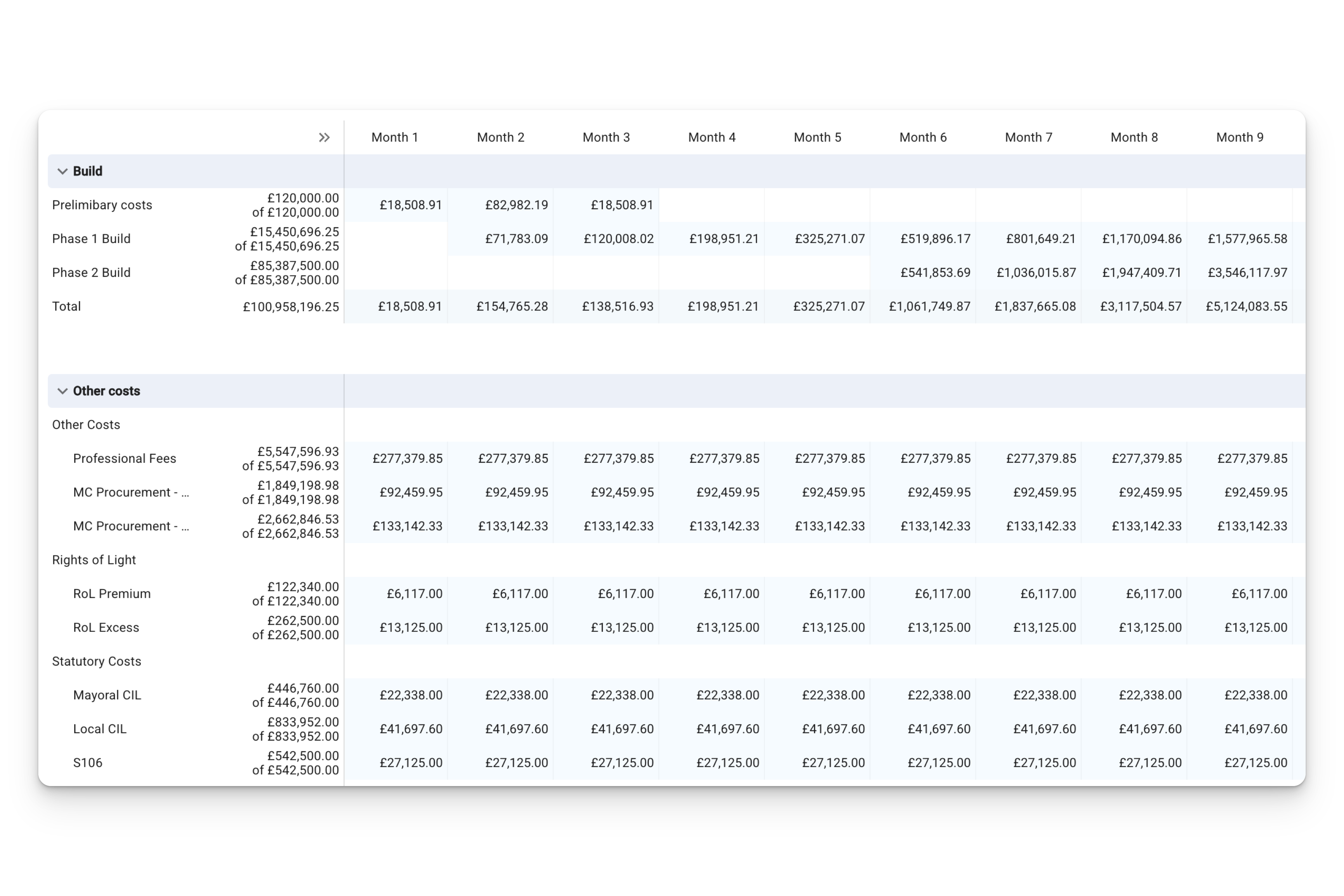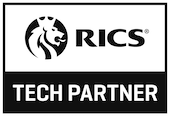Sustainability has become a key topic across many sectors, including real estate. Constructing houses calls for a sustainable approach, from the foundations laid with the first brick to how the property operates once constructed. It's one of the reasons that people like Jimmy Jia, a respected voice who consults on ESG and sustainability strategy, is so sought after. Currently, the head of ESG at Pi Labs, a venture capital firm that invests exclusively in PropTech, one of Jimmy's roles is to advise development companies on how to create sustainable models and strategies. And we recently caught up with him to talk about all things sustainability and ESG. Here's what he had to say.
The view on ESG
ESG stands for environmental, social and governance and acts as the foundation for a businesses' collective conscientiousness for social and environmental factors. Jimmy lends his expertise to portfolio companies and limited partners and investors to show how to embed ESG into business models and strategies.
As he puts it, "sometimes when speaking to organisations, first, there are elements of Q&A on both sides: what is ESG? How do we approach it? But there are different approaches for a portfolio company compared to, say, an investor.
"Essentially, there is a compliance side to ESG, which is strictly checkbox exercises of 'have I done everything correctly?'.This is important because it helps ensure that companies are doing the right thing and moving in the right direction.
"But there's also an actualisation to ESG, like 'am I making the environment better?', 'am I making social issues better?', and 'am I making governance better?'.
For Jimmy, the ideal scenario is a company doing both: complying with ESG and meeting the checkboxes while actively trying to make their companies more sustainable and socially friendly with increased governance.
"It's not always 100 per cent the case", Jimmy notes. It's why he tries to separate his advice into two subcategories: "are you doing better, and how do you integrate your existing compliance regimes so that you get credit for them?"
So how do companies successfully embed ESG into their daily business operations? For Jimmy, it's a case of breaking down ESG into three separate categories: E, S, and G. He says, "the actualisation and operationalisation of the three of them are entirely different.
 Jimmy Jia, sustainability author and Head of ESG at Pi Labs
Jimmy Jia, sustainability author and Head of ESG at Pi Labs
The breakdown on ESG
Jimmy believes it’s important to understand the core workings of ESG before breaking them down and focusing on individual components.
Environment
He says, "I think of E as materials and energy balance. It's about resources coming in that get consumed and then resources going out, such as waste or products.
"Just because you have solar energy coming in doesn't mean you're energy-efficient going out. Or just because you're energy-efficient going out doesn't mean you reduce the fossil fuels coming in. For example, you might have made the air conditioning more effective, but you added a water heater. That's why it's so important to look at the entire balance."
Social
It's the same principle for the social aspect. Jimmy notes, "the focus should be on inclusion, as it can be actualised. There's a difference between diversity and inclusion. Someone once said to me that 'diversity was being invited to the party, but inclusion was being asked to dance'. I like that because it's easy for a company to hire diverse individuals and tick the checkbox, but involving them in the decision making and ensuring they're part of the company culture takes a lot more activity and action."
For developers, the social aspect is particularly important. It's not just about looking at it from a hiring point of view – it relates directly to developments. Jimmy says the social aspect could also be the inclusion of a community into a newly constructed neighbourhood. "How do you bring people together who don't have access?"
Governance
Jimmy looks at governance as the aspect of knowing. "How do you know you've increased energy efficiency? How do you know you've increased access?
"Once you get into the 'how do you know?' part of things, you need to have the reporting mechanisms, reporting strategies, compensations strategies – you name it. They all need to be in place, so you can essentially connect the dots between everything."
The responsibilities of real estate companies
While all three – E, S, and G –hold significant importance, there's an increasing focus on the environmental aspect. Countries worldwide are committing to becoming carbon neutral through sustainable programs.
The real estate sector is no different: around 40 percent of global energy use and carbon emissions come from the built environment, and real estate faces challenges going forward – especially when it comes to property development.
Jimmy believes that developers need to think about net-zero carbon today rather than looking at it as something to accomplish in the future. The issue, he says, is "people don't know how to do that right now, and it's something the entire industry is grappling with."
He continues, "leaders realise they have to deal with net-zero carbon now and can't delay it anymore. However, the financial and investor pressure isn't quite where it needs to be to force people into change. Not because they don't care, but because there’s still some way to go to define what net-zero carbon actually means."
The sheer pressure of urbanisation plays its role too, and the UK is in the midst of a housing crisis where there just aren't enough homes for the people who need them. That means more building is needed, and with increased construction comes the need for more sustainable actions.
Jimmy believes the pressure from an environmental landscape perspective is enormous, saying, "environmental pressure is the first development cycle that we face, and we're not entirely sure what to do about it."
Building good buildings
For Jimmy, the answer to building more sustainable homes is a simple one: build good buildings. He notes, "if you look at sustainable buildings, they're usually the ones that are, first and foremost, just good buildings. They were built to last for hundreds of years.
"They were made with people in mind and just so happen to have sustainability as a result. When we build good buildings, they are also more environmentally friendly, have good attributes and last for a long time."
Jimmy thinks one of the most significant environmental issues is poor-quality buildings, even ones built with sustainability in mind. He says, "I guess I get frustrated when people tend to cut corners, be it for cost pressures or other factors. You end up with a building the developers didn't necessarily care about, and that increases the chances of it being knocked down again within five to 10 years.
"The worst thing you can do for the environment is tear down a building. They should last for hundreds of years. To me, developments should be built for the next four hundred years. Not the next 30."

"To me, developments should be built for the next four hundred years. Not the next 30."
– Jimmy Jia, PiLabs
The role of technology in sustainability
There needs to be the creation of a managerial feedback loop, so E is successful when it comes to ESG. Jimmy notes that "developers need feedback loops to connect leading indicators with lagging indicators to know what they should be doing.
Technology helps provide these feedback loops. For example, if an energy management system is installed in a building, developers have instant feedback on how equipment performs.
Similarly, preventive maintenance software helps identify potential issues well before an appliance breaks. While a digital twin can help with long-term construction feedback loops, providing data for the next building owner potentially decades later.
For Jimmy, technology is all about different feedback loops. As he puts it, "it provides the opportunity for continuous improvement, which further helps with sustainability and the environment as you're pre-empting many issues."
Understanding the fundamentals of sustainability
The pandemic helped raise awareness around sustainability, which led to more people having conversations. Jimmy notes that it's "promising that people are trying to figure out what's going on and drawing conclusions."
Events like Cop 26 in Glasgow further helped, and there seems to be more openness around sustainability. Yet, Jimmy understands that special skills and in-depth knowledge are vital when it comes to the E part of ESG.
He says, "There are core skills you need that go into the buildings, engineering and operations. Yet, people come out and say, 'I need to learn sustainability', but there is no sustainability skill – it's a way of life.
"Sustainability is the energy manager, the water manager, the facilities operator – the people who are in day-to-day control of whether a building will be wasteful or not. So the skills of these people need to be factored in with a sustainability overlay."
"You need to have the technical expertise of how to reduce waste as well as an openness from the establishment so everyone can get on the same page and can work on a plan."
– Jimmy Jia, PiLabs
In an ideal world, everyone works in perfect harmony, although this isn't always the case. Jimmy continues, "what I tend to find is that in some places, the sustainability manager and the facility operator are at odds with each other because the facility side might believe that a sustainability manager is someone who doesn't know what they're doing.
"At the same time, the sustainability manager is thinking the facilities team is stuck in its ways and averse to change and new methods."
Jimmy believes this is an age-old problem, where one side is seduced by technology and the idea of doing new things, while the other side is more traditional and essentially takes a defensive approach because they believe they are the experts.
Transparency is important to mitigate such issues, with Jimmy saying, "you need to have the technical expertise of how to reduce waste as well as an openness from the establishment so everyone can get on the same page and can work on a plan."
Fighting against pushback
For all the openness surrounding the environment due to the pandemic, it's still important to approach companies in the right way. The pushback will never come from a mindset of not wanting to do better by the environment – it's often related to the thought process around the costs involved. This is where Jimmy sees some hesitancy from developers, and it's why he thinks the best way to have these talks is by framing the conversation from a different angle.
For Jimmy, it's important not to go in with a mentality that creates pushback. He says, "it's about going to a CFO and asking if they'd like to do more with less. The answer will always be positive, so it's important to show them how energy efficiency is doing more with less.
"It's not so much about getting them to understand sustainability ethos but more about putting sustainability ethos into how they think and how they do business. So I'm asking CFOs how they would like to do more with less, and they're on board. No arguments. However, if I went to that same CFO and with an energy-efficient argument, I'd get pushback straight away."
Essentially, it's about communicating with people in the right language to help them see the bigger picture. Jimmy acknowledges that bottom lines still hold the most weight for development companies. Helping them see the benefits of sustainability through cost measures is one way to avoid pushback and get the conversation off to a good start.
Summary: The E in ESG
Jimmy has worked hard with developers to help put plans in place that meet ESG. And sustainability is a concept that will only become more pressing in the years ahead. Getting ahead of the curve now offers the chance to build high-quality buildings that stand the test of time and contribute to the goal of reaching carbon neutrality.






Leave a comment